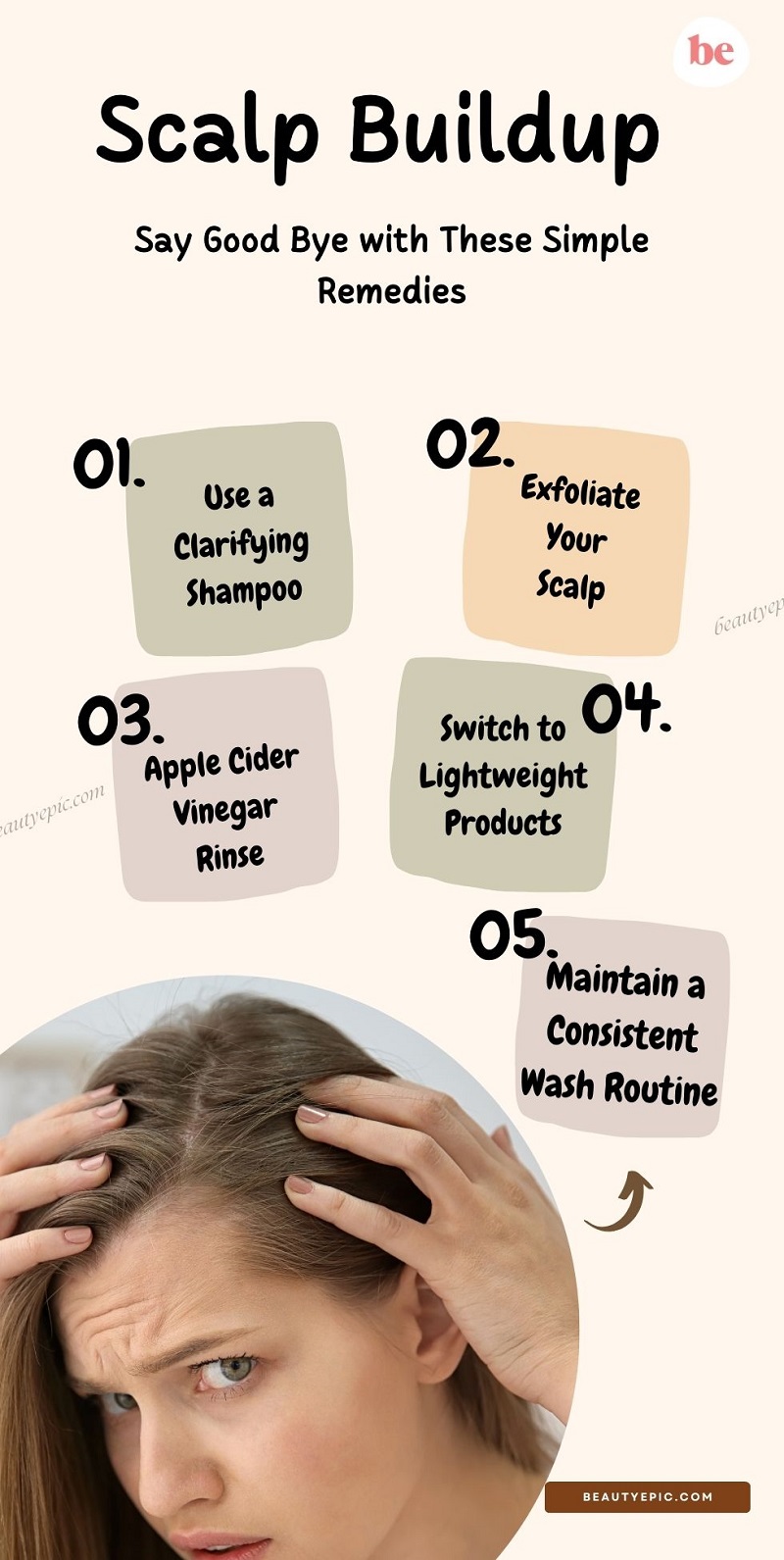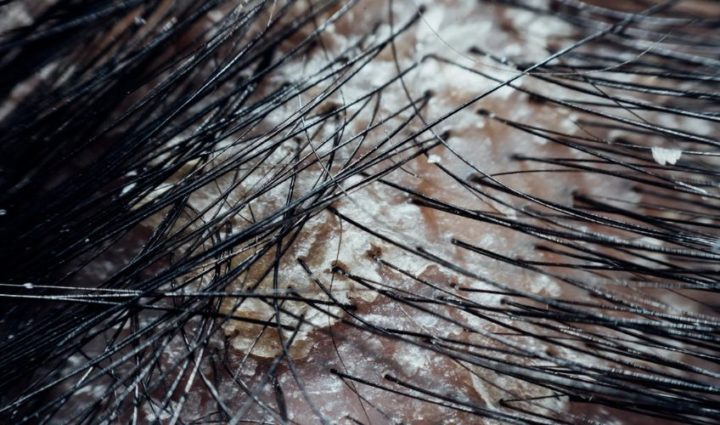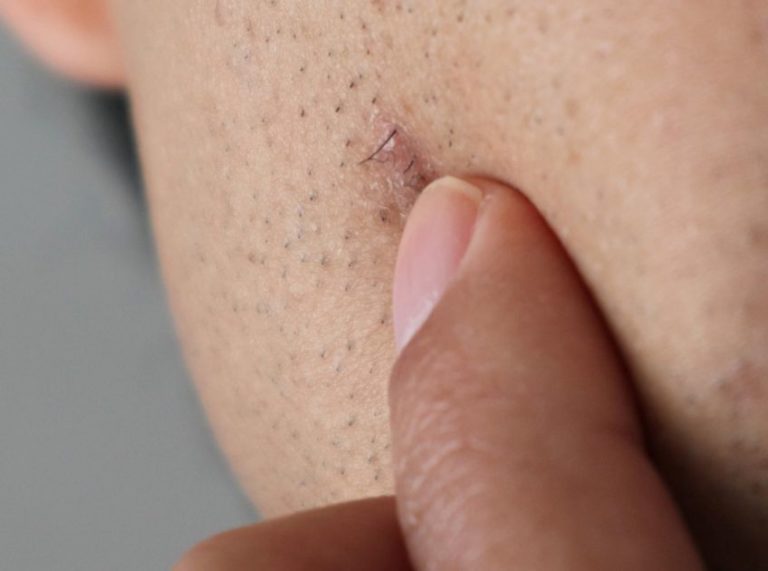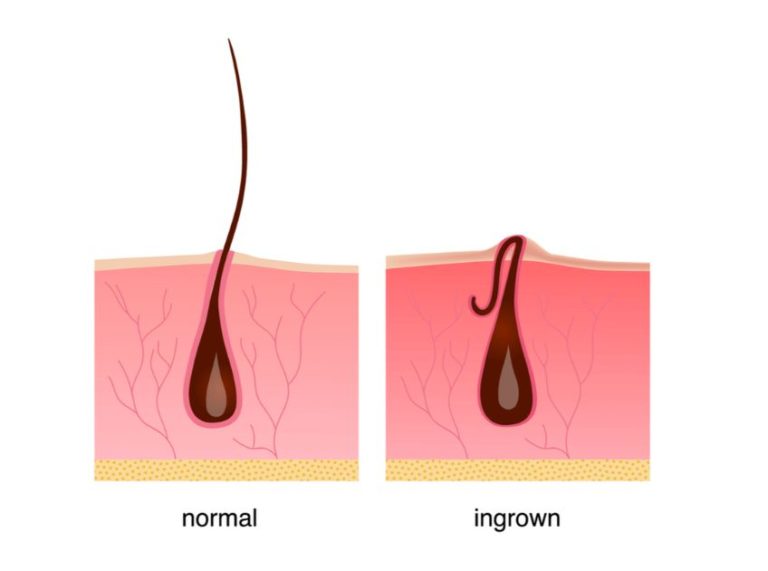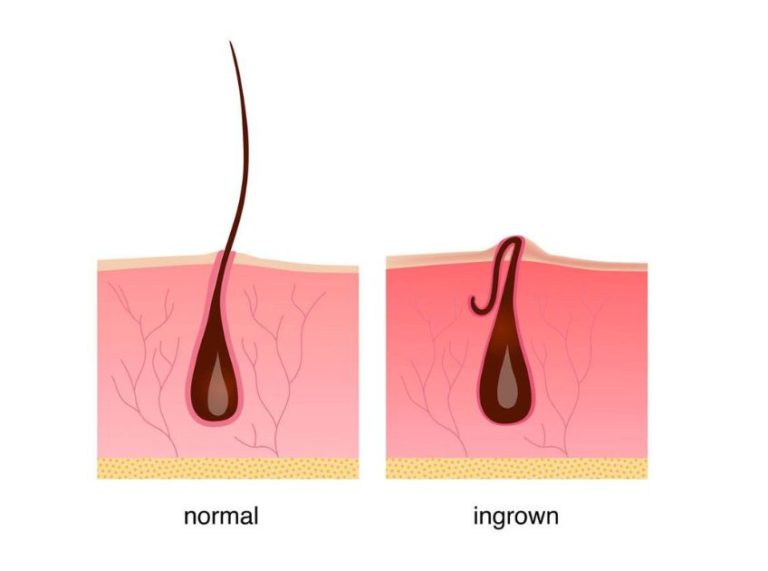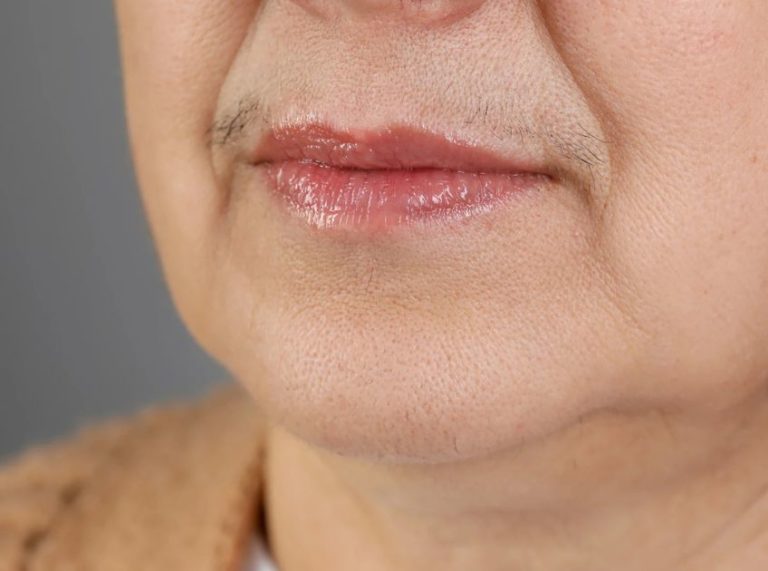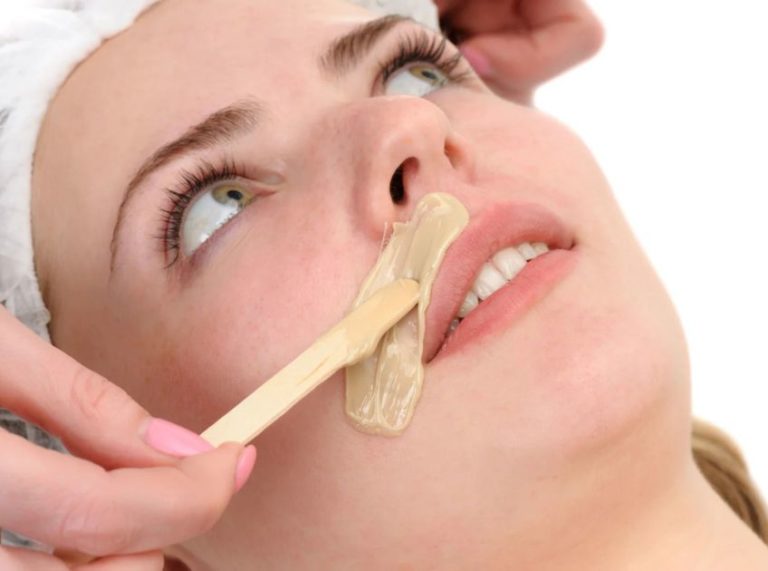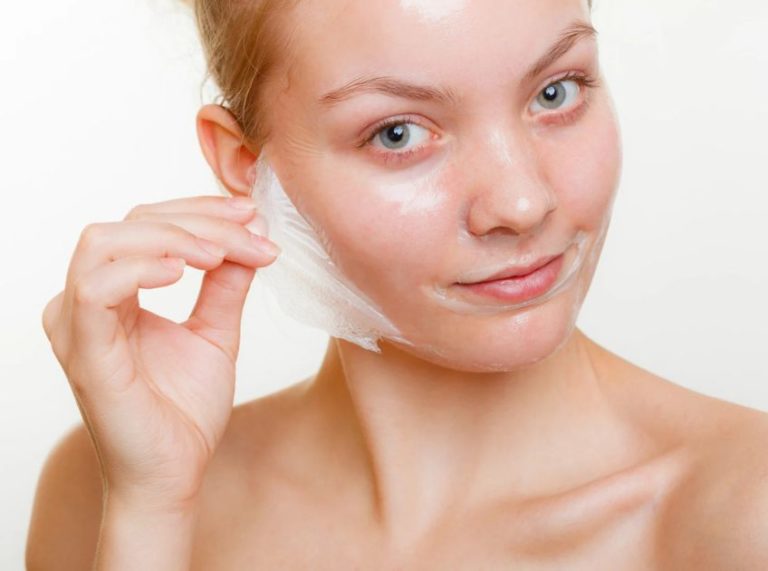
Important: This article is for informational purposes only. Please read our full disclaimer for more details.
A healthy scalp is the foundation for strong, vibrant hair. When product residue, oil, and dead skin cells accumulate on the scalp, it can lead to itching, flaking, and even hair thinning over time. Scalp buildup is more common than you think, especially if you use styling products or have a naturally oily scalp. Addressing it early not only keeps your scalp clean but also promotes better hair growth and overall scalp health.
What Exactly Is Scalp Buildup?
Scalp buildup refers to the accumulation of natural oils (sebum), sweat, dead skin cells, and residue from hair products on the scalp. Over time, this layer can block hair follicles, leading to irritation and poor hair growth. Dermatologists describe it as a mix of biological debris and external substances that create a barrier between the scalp and fresh air circulation.
Key signs of scalp buildup include
- Persistent itching
- Flakiness that resembles dandruff
- Greasy or waxy residue on the scalp
- Unpleasant odor or heaviness in the hair
Unlike dandruff, which is often linked to fungal activity, scalp buildup is typically caused by external factors and excess residue, though the two can sometimes coexist.
What Causes Scalp Buildup?
Several factors can contribute to scalp buildup, and often, more than one plays a role:
- Excessive Product Use: Styling gels, leave-in conditioners, and dry shampoos can leave residue that isn’t fully removed with regular washing.
- Infrequent Washing: Skipping washes allows sebum and dead skin to layer, especially in people with oily scalps.
- Hard Water: Minerals in hard water can mix with shampoos and conditioners, leaving behind a film that clings to the scalp.
- Sweat and Environmental Pollutants: Sweat, combined with dirt and dust, creates an environment where buildup thrives.
- Skin Conditions: Conditions like psoriasis or seborrheic dermatitis can worsen scalp buildup by increasing dead skin cell turnover.
A study in the International Journal of Trichology highlights that untreated buildup can disrupt the scalp microbiome, leading to irritation and hair weakening over time (1)(2).
How to Get Rid of Scalp Buildup
1. Use a Clarifying Shampoo
Clarifying shampoos are designed to deeply cleanse and remove stubborn residue. Use them once every 1–2 weeks to avoid over-drying the scalp. Look for sulfate-free options with ingredients like apple cider vinegar or tea tree oil for a gentle yet effective cleanse.
2. Exfoliate Your Scalp
Scalp scrubs or exfoliating treatments can help remove dead skin cells and product buildup. Studies on scalp exfoliation show improved blood circulation and hair follicle health when done once every 1–2 weeks (3).
3. Apple Cider Vinegar Rinse
ACV’s acidic pH helps break down residue and restore scalp balance. Mix one part ACV with three parts water, apply to the scalp after shampooing, and rinse thoroughly. Its antimicrobial properties, as noted in Dermatology Reports, also help maintain scalp health.
4. Maintain a Consistent Wash Routine
Find a balance that works for your hair type. For oily scalps, washing every 2–3 days helps control sebum. For dry scalps, spacing washes every 4–5 days may be better to avoid over-stripping natural oils.
5. Switch to Lightweight Products
Heavy creams and wax-based styling products are more likely to leave residue. Opt for water-based or lightweight formulations to minimize buildup.
Can You Prevent Scalp Buildup?
Prevention is always easier than treatment. Here are a few tips to keep your scalp clean and balanced:
- Rinse hair thoroughly after every wash to avoid shampoo or conditioner residue.
- Avoid applying heavy oils or products directly to the scalp unless necessary.
- Incorporate a clarifying shampoo or scalp rinse into your routine once a month.
- Stay hydrated and maintain a balanced diet to support natural scalp health from within.
When Should You See a Doctor?
If you notice persistent flaking, redness, or pain despite proper scalp care, it might indicate an underlying condition such as seborrheic dermatitis, psoriasis, or a fungal infection. A dermatologist can provide an accurate diagnosis and prescribe medicated shampoos or treatments. Early intervention can prevent long-term scalp damage and hair thinning.
Frequently Asked Questions (FAQ’S)
1. Is scalp buildup the same as dandruff?
A. No. While both involve flaking, scalp buildup is primarily due to residue and oils, whereas dandruff is often caused by a yeast overgrowth or skin condition. However, they can occur together.
2. How often should I use a clarifying shampoo?
A. Once every 1–2 weeks is sufficient for most people. Overuse can strip the scalp of natural oils and cause dryness.
3. Can scalp buildup cause hair loss?
A. Indirectly, yes. Buildup can clog hair follicles, leading to inflammation and weakened roots. Prolonged neglect may contribute to shedding or slowed growth.
Scalp buildup is a common issue that can affect hair health if left untreated. Understanding the causes—ranging from product residue to environmental factors—helps you create an effective care routine. Using clarifying shampoos, exfoliating treatments, and preventive practices can restore scalp balance and keep your hair healthy. If symptoms persist, consulting a dermatologist ensures you address any underlying issues early. A clean, balanced scalp is the key to vibrant, thriving hair.
